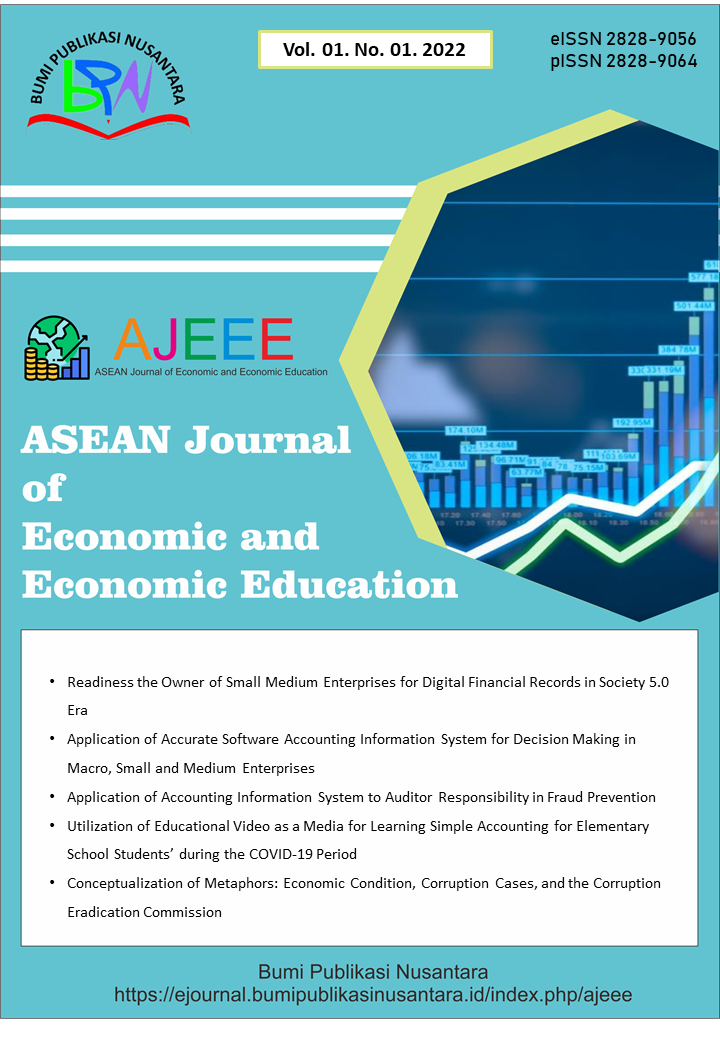Methods of Assessing the Efficiency of Economic Implementation of The Level of Property Capitalization
 ), Gulnora Abdurakhmanova(2),
), Gulnora Abdurakhmanova(2),
(1) Tashkent State University of Economics
(2) Tashkent State University of Economics
 Corresponding Author
Corresponding Author
Abstract
Keywords
References
Abhyankar, A., and Dunning, A. (1999). Wealth effects of convertible bond and convertible preference share issues: An empirical analysis of the UK market. Journal of Banking and Finance, 23(7), 1043-1065.
Czajkowska, A. (2015). Mezzanine as an alternative form of corporate financing. Oeconomia Copernicana, 6(1), 99-111.
Kazmierczak, D. (2017). Do callable convertibles support the investment process of a company? an analysis of the world market of hybrid debt. Comparative Economic Research-Central and Eastern Europe, 20(2), 5-19.
Olivier, A., Florence, A., and Jean-Laurent, V. (2018). Callable convertible bonds in sequential financing: Evidence on the Western European market. Journal of Multinational Financial Management, 45, 35-51.
Sazonov, S. P., Ezangina, I. A., Makarova, E. A., Gorshkova, N. V., and Vaysbeyn, K. D. (2016). Alternative sources of business development: Mezzanine financing. Scientific papers of the University of Pardubice. Series D, Faculty of Economics and Administration, 24(2), 806.
Stein, J. C. (1992). Convertible bonds as backdoor equity financing. Journal of financial economics, 32(1), 3-21.
Svedik, J. (2018). Mezzanine financing instruments in comparison to the classic financing sources. Business, Management and Education, 16(1), 133-146.
Yoo, J. I., Lee, E. B., and Choi, J. W. (2018). Balancing Project Financing and Mezzanine Project Financing with Option Value to Mitigate Sponsor’s Risks for Overseas Investment Projects. Sustainability, 10(5), 1498.
Article Metrics
Abstract View : 638 times
: 638 times Download : 344 times
Download : 344 times
Refbacks
- There are currently no refbacks.
Copyright (c) 2023 Bumi Publikasi Nusantara

This work is licensed under a Creative Commons Attribution-ShareAlike 4.0 International License.



_publication_ethics1.png)



